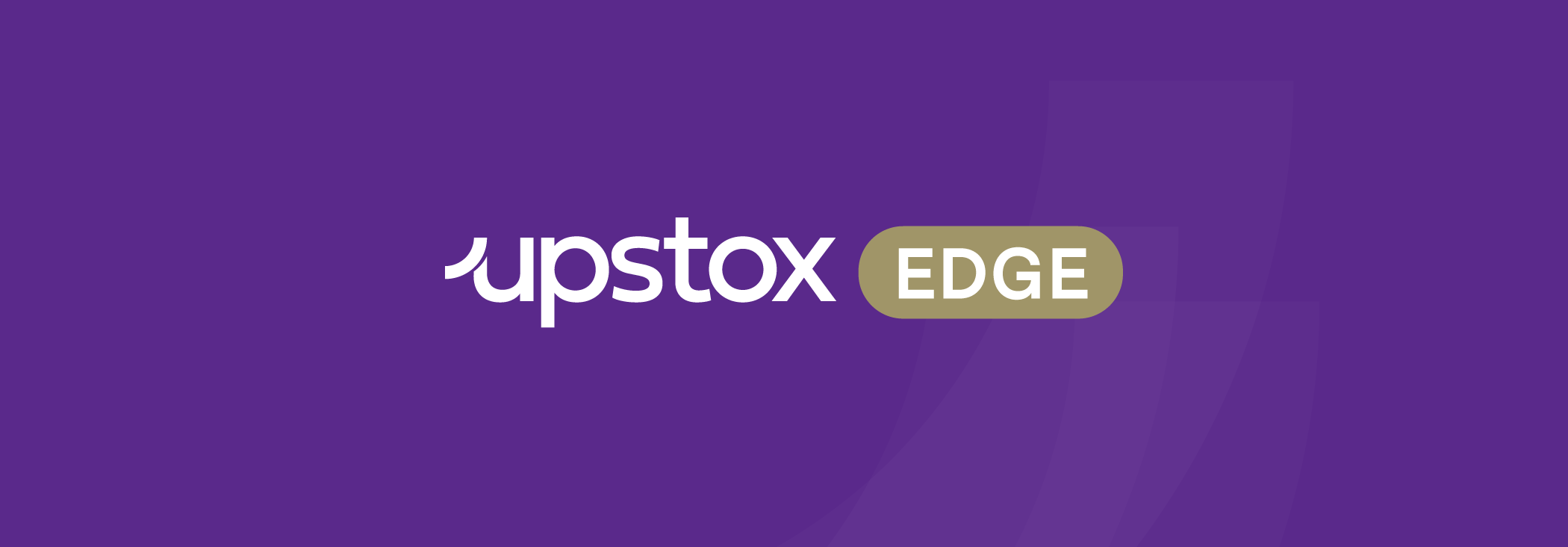A covered call strategy in options works as a hedge for short to medium-term trading. This strategy can be deployed by traders who wish to hold the stock in futures and minimise the risk by selling its call option.
Let’s understand how this strategy works.
Background
Tata Steel is a leader in the metal sector and has been a key beneficiary of rising steel prices.
The management expects steel prices in Asia to remain upbeat owing to a strong demand recovery, pollution controlled production curbs and higher coking coal prices in China.
Strong international steel prices, robust demand, and supply tightness are some of the factors that are likely to support India and European steel prices.
Derivatives Build-up
After a strong run-up to highs of ₹1,205 last month, the stock had corrected nearly 13% to ₹1,071 levels. The stock has now bounced back to ₹1,160 levels.
The January options data of Tata Steel shows a significant open interest base for call options at 1,200 strike, which is nearly 3% higher than the current price of ₹1,160, suggesting that the stock might face resistance at that price.
The lot size in the F&O contract is 425 shares per lot.
Action
Traders who are willing to take a neutral to moderately bullish position tend to initiate a covered call strategy that combines both futures and options positions.
For instance, if you buy 1 lot of the January futures expiry at the price of ₹1,160 then one can sell 1 lot of 1,200 call option (OTM call) of the January expiry at a premium of ₹20.
Now, on expiry, if the stock moves higher and closes at, say ₹1,200 levels, the trader will make a total profit of ₹25,500 (Profit on Long Futures: (40 * 425 = ₹17,000) + Profit on Short Call Options: (20 * 425 = ₹8,500).
However, at the price of ₹1,220, the profit is capped at ₹25,500 because above this rate every one rupee profit in long futures position will be offset by a one rupee loss in short call option position.
But in case the stock goes down, say to ₹1,140 levels, the trader will not incur loss because even though the futures position will incur loss but the call option position will cover that loss. This is the break-even point for the strategy.
Below ₹1,140, the trader will incur a loss on the Futures position but it will still be ₹20 less than what they would have incurred had they not sold the call option.
In fact, even if the stock expires at the futures buying price of ₹1,160 one will still make a profit of ₹8,500 (20 * 425) on the short call position.
To know the margin required to execute this strategy, you can click on this link: https://upstox.com/calculator/span-calculator/
We hope this strategy was simple and easy to understand. You can try spotting it on the option chain and see if you are able to identify levels.
We’ll be coming with a lot of strategies which will help you to identify trade setups easily.
Until then, happy trading!
About the author: Kush Bohra is a SEBI-registered investment advisor and an F&O expert.
If you haven't already done so, activate the F&O segment on your Upstox account! Click here to begin F&O trading.
Here is a detailed guide on how to activate your commodities/futures/options segments on Upstox. Click here to know more.
Disclaimer
Derivatives trading must be done only by traders who fully understand the risks associated with them and strictly apply risk mechanisms like stop-losses.
We do not recommend any particular stock. The stock names mentioned in this article are purely for showing how to do analysis. Take your own decision before investing.



